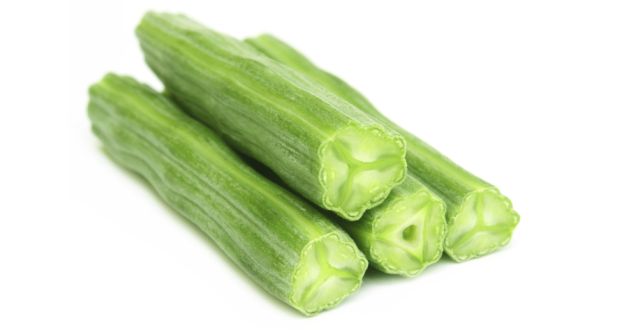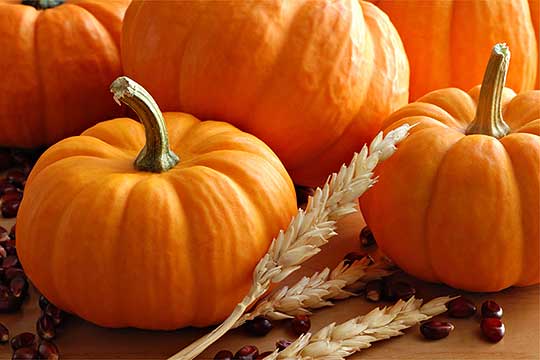Drumsticks are obtained from the Moringa oleifera plant and are well-known for their myriad therapeutic qualities. Called as shajan in Hindi, this green vegetable is loaded with valuable minerals, healthy proteins and essential minerals. A must-have ingredient in sambar, one can harness the health benefits of drumstick by cooking it with other vegetables, lentils (dals) or as juice or soup. Here are the top eight reasons why you should include drumsticks in your diet.
It builds strong bones
Drumsticks contain high amounts of calcium, iron and vitamins that help in strengthening bones. When consumed either in the form of a juice or with milk on a regular basis, it is found to raise the bone density and enhance bone health in kids. Read more about 7 surprising foods for healthy bones.
It purifies blood
The leaves and pods of this green vegetable posses blood purifying properties and it also acts as a potent antibiotic agent. The regular consumption of drumsticks, either in the form of soups or juices, reduces acne and other related skin problems.
It lowers blood sugar levels
Drumstick leaves significantly reduce the blood glucose levels in the body and help in controlling diabetes. It is also found to enhance gall bladder function, which in turn helps to lower sugar levels, helping you live a healthier life
It eases respiratory problems
In case you suffer from a sore throat, a cough or congestion, drink a cup of drumstick soup as its anti-inflammatory properties help in relieving a wide range of respiratory complications. It acts as an effective natural remedy to fight against lung diseases such as asthma, bronchitis and tuberculosis.
It is good for pregnant women
It is recommended that women should eat drumsticks during pregnancy as it helps in delivery and also eases pre and post delivery complications. The presence of essential vitamins and minerals in this vegetable reduces the sluggishness of the uterus along with boosting the milk production after delivery.
It protects against infections
The leaves and flowers of drumstick contain antibacterial agents that help in preventing a wide range of infections related to the throat and skin. It also contains high levels of vitamin C which boosts the immune activity and helps in eliminating the harmful free radicals from the body.
It helps in digestion
Drumstick leaves and pods are loaded with B complex vitamins (such as niacin, riboflavin, folic acid and pyridoxine), which are said to play a vital role in digestion. These vitamins regulate the digestive process by helping in the breakdown of complex carbohydrates, proteins and fats into their simpler forms
It enhances sexual health
The presence of good amounts of zinc in drumsticks is found to enhance the process of spermatogenesis along with playing a key role in female sterility. The bark of this plant is found to contain certain compounds that help in curing impotency, premature ejaculation and thinness of semen.
Source: the health site





